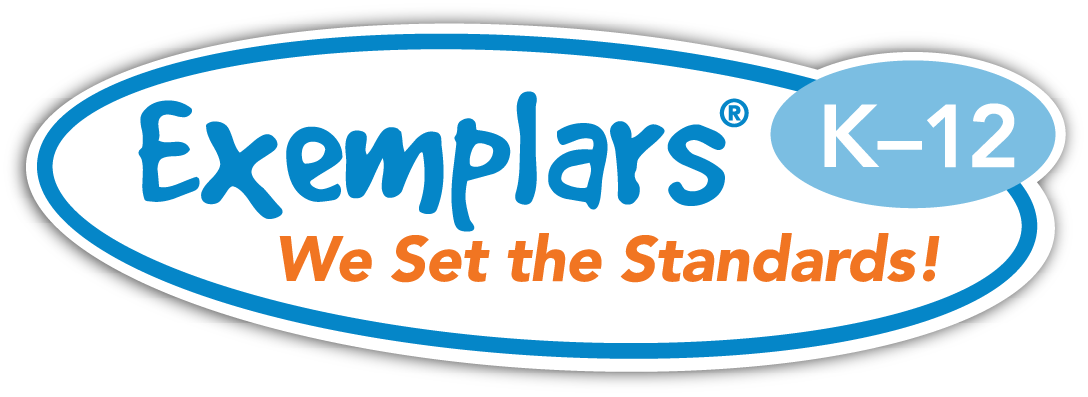Formative Assessment Tools

What are some of the strategies that you use in your classrooms to foster formative assessment?
Effective use of formative assessment in the classroom is one the most powerful ways to improve student achievement. Research shows that the improvement in performance is dramatic.
Successful formative assessment includes:
- Asking meaningful questions, increasing the wait time for student answers and having rich follow-up activities that extend student thinking. (13)
- Providing meaningful feedback to students on what was done well, what needs improvement and offering guidance on how to make improvements.
- Ensuring that students have a clear understanding of the standards and are taught the skills of peer- and self-assessment. (15)
Exemplars rubrics can be a useful tool in implementing some of these strategies. Many students are able to successfully internalize standards that are reflected in rubrics. In addition to our Assessment Rubrics, we have developed a number of student rubrics that can be used by children when they are very young. Our “Jigsaw Rubric” combines both verbal and visual components that make each element of the Exemplars Standard Math Rubric explicit for students. While this rubric was initially developed for primary students, it is popular with middle school and even high school teachers. Other examples of student rubrics for math and science can be seen here.
Students can be introduced to rubrics at a very young age. For tips and suggestion on how to do this, refer to our article, “Introducing Rubrics to Students.” There are also several sample introductory rubrics available on our web site. While we do make these examples available, it is important for your students to first develop their own rubric before exposing them to these. Through this process, students learn what a rubric is and how to use it. A student favorite is the “Chocolate Chip Cookie Rubric.” Another favorite asks students to develop a rubric for assessing running shoes.
In our classroom modeling workshops, a “Thumbs Up – Thumbs Down Rubric” is used with very young students.
Teachers can also use Exemplars anchor papers to help students learn how to better use the rubric to assess their own work as well as that of their peers. Additionally, anchor papers can be used to help students visualize what work meets the standard and what work doesn’t.
In addition to our rubrics and anchor papers, Exemplars offers many other formative assessment tools for both teachers and students, such as questioning guides.
Paul Black, C. H., Clare Lee, Bethan Marshall, and Dylan Wiliam (2004). “Working Inside the Black Box: Assessment for Learning in the Classroom”. Phi Delta Kappan: 9-21.

